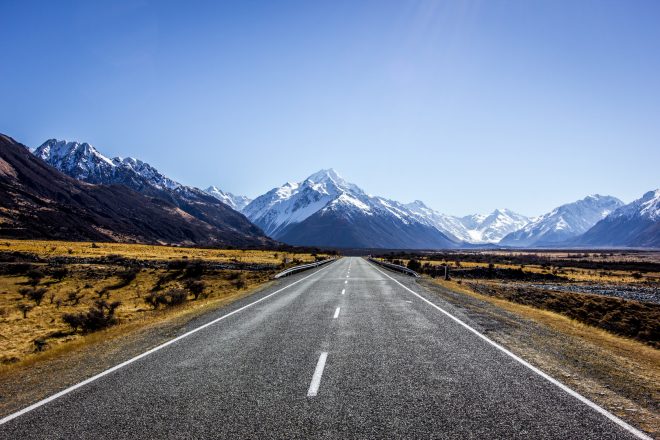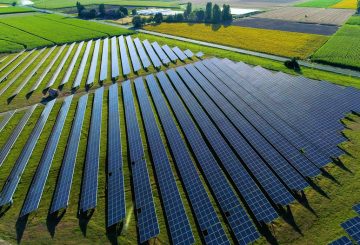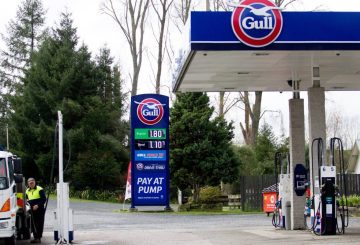캔터베리 시장들은 지역 교통 인프라에 108억 달러를 투자하겠다는 제안을 지지하고 있습니다.하지만 정부 지원이 필요할 것이라고 합니다.캔터베리 지역 교통위원회는 협의 계획 초안을 승인했으며, 여기에는 제안된 우드엔드 바이패스 (Woodend Bypass) 와 애쉬버튼 (Ashburton) 에 있는 두 번째 교량 건설을 주요 프로젝트로 강조하고 있습니다.이러한 프로젝트가 채택되면 향후 10년 동안 이 지역의 교통 투자를 두 배로 늘릴 수 있습니다.
위원회 위원장인 피터 스콧 (Peter Scott) 시의장은 이러한 프로젝트에 자금을 지원하기 위해 중앙 정부가 46억 달러를 기부해야 한다고 밝혔습니다.위원회에는 지역 시장뿐만 아니라 캔터베리 환경부 및 와카 코타히 뉴질랜드 교통국 대표도 포함됩니다.
댄 고든 (Dan Gordon) 와이마카리리 시장은 우드엔드 우회도로, 카이아포이 서부의 스큐 브리지 (Skew Bridge), 랑기오라 동부 연결 도로가 해당 지역의 핵심 사업이라고 말했다.그는 이렇게 말했습니다. “이러한 핵심 인프라 프로젝트는 우리와 같은 성장 지구에서는 이미 기한이 지났으며 몇 년 동안 강력하게 지지해 온 프로젝트이기도 합니다.”
마리 블랙 (Marie Black) 후루누이 시장과 카이코우라 시장 크레이그 맥클 (Craig Mackle) 은 주요 프로젝트가 남섬 전체에 도움이 될 것이라고 말하면서 계획 초안에 대한 지지를 표명했습니다.
제안된 자금 증액은 2024년 7월에 시작될 예정이다.캔터베리 환경부 (Environment Canterbury) 의장이기도 한 스콧 (Scott) 은 “이 계획 초안은 캔터베리의 미래 교통 솔루션에 투자하는 동시에 기존 운송 네트워크에 대한 지속적인 관리를 제공하는 방법을 간략하게 설명합니다.” 라고 말했습니다.
교통 예산은 의회 기금, 크라운 (Crown) 직접 자금 지원, 도로 이용료 및 연료세를 포함한 국토 교통 기금 (National Land Transport Fund) 으로 구성됩니다.시미언 브라운 (Simeon Brown) 신임 교통부 장관은 국가 주도 정부가 우드엔드 바이패스 (Woodend Bypass) 와 두 번째 애쉬버튼 교량 건설을 약속할 것이라고 밝혔습니다.계획에 포함된 다른 프로젝트로는 그레이터 크라이스트처치 대중 교통 업그레이드, 후루누이 지역의 콘웨이 강 교량 업그레이드, 랑기오라 서부 연결 도로 제안 등이 있습니다.






























































